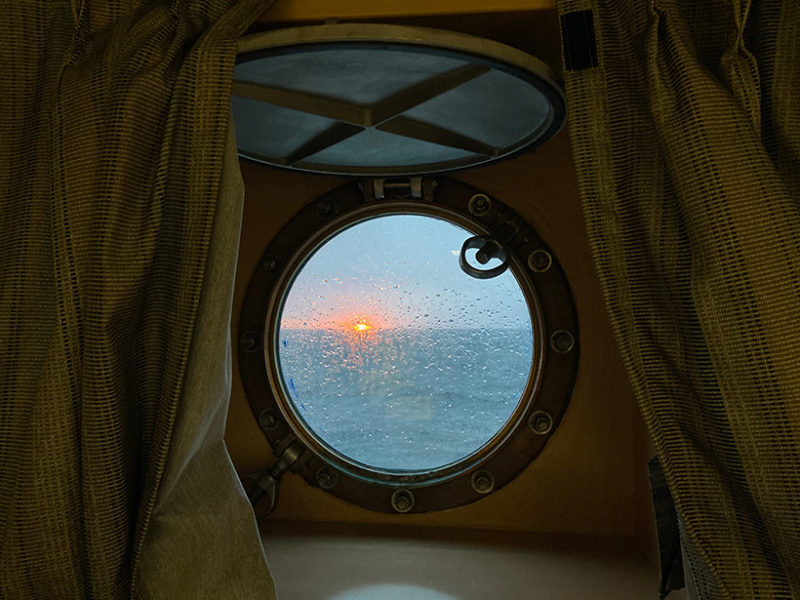Preparation for the research cruise in the northern Gulf of Alaska in May began in an unusual way for chief scientist Russ Hopcroft: 2 weeks of self-quarantine at home with his family.
Since the novel coronavirus put ocean-going research at a standstill, many scientists wonder how they’ll ever sail again. Research cruises have tight quarters, take scientists sometimes weeks away from land, and bring people from all over the world into the same cramped location. In March, the organizational body for U.S. universities, the University-National Oceanographic Laboratory System (UNOLS), halted all research cruises until 1 July.Oceanographers have returned to the same track for 22 years.That is, except for Hopcroft’s cruise. The weeklong jaunt on the University of Alaska Fairbanks’s (UAF) ship the R/V Sikuliaq was initially planned for 2 weeks in April. Scientists intended to measure the extent of the Gulf of Alaska’s vibrant spring plankton blooms. The annual measurements inform Alaska’s fishery management quotas for next year.
Oceanographers have returned to the same track, called the Seward Line, for 22 years, and missing out this year would have not only starved management agencies of data but caused greater uncertainty in that data.
To read the entire article published by Eos: https://eos.org/articles/what-its-like-to-social-distance-at-sea
Citation: Duncombe, J. (2020), What it’s like to social distance at sea, Eos, 101, https://doi.org/10.1029/2020EO144098. Published on 12 May 2020.



